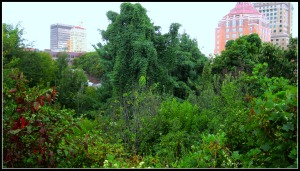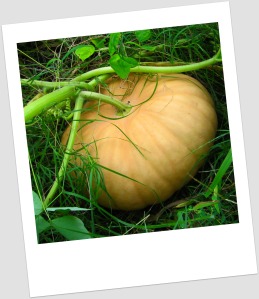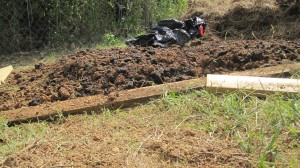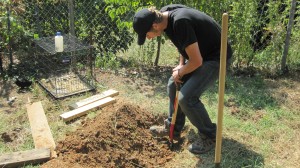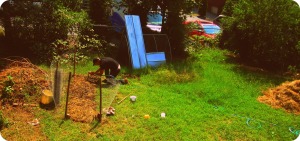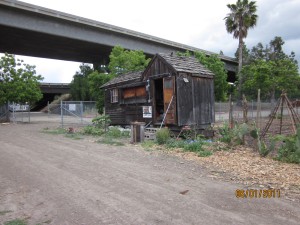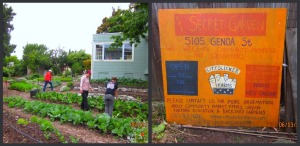Where our feet can soak in the dirt and our skin can play in the sun, where sunny valleys and rolling hills covered in green pastures dot the land—this is where we think our food comes from. But how many of us actually live there in Hidden Valley Ranch, where of course our ranch dressing grows in bountiful goodness? Most of us live where concrete and asphalt cover rolling highways and pastures of parking lots dot the block.
Think about a garden. When you take away the fact that everyone knows that lettuce is grown in the ground, your left with the phenomenon that lettuce grows from the ground! Don’t think about the obvious—discover the genius in the obvious. There is a seed. The seed gets put into dirt. Food comes forth from the ground. It’s amazing how genius it all is. This is the disconnect between how most of us live and where we think our food comes from; we so rarely get the chance to uncover the genius in the obvious.
I recently visited a city project that solves this problem. It’s called an edible forest ecosystem in the city. A plot of city land was set aside and made into an edible garden free to the public. Anyone can stroll about the path and enjoy the apple, pear, fig, and persimmon trees. Anyone can snack on the blueberries, raspberries, and blackberries. I saw someone just stick their hand into the dirt and pull out five potatoes. Squash, tomatoes, and corn entice people of all ages and backgrounds to swarm in and out of the rows like honeybees.
I ate two kinds of fruit I’d never seen before and still wouldn’t know what to call them if you’d ask. I just pulled them off a tree and popped them in my mouth, like we all loved to do when we were kids. There’s something magnificent about being able to do that—something playful and serendipitous about eating the fruit directly from a tree. Even veggies tasted better having pulled them from the ground, still speckled in dirt.
All this is waiting for people while the chestnut trees share the skyline with the tall buildings of the city. There is something beautiful about seeing the towering crane from the construction site through the grape vine that climbs the fence. To me it’s just as beautiful as a sunny valley or rolling hill covered in green pastures … and ever more genius.


